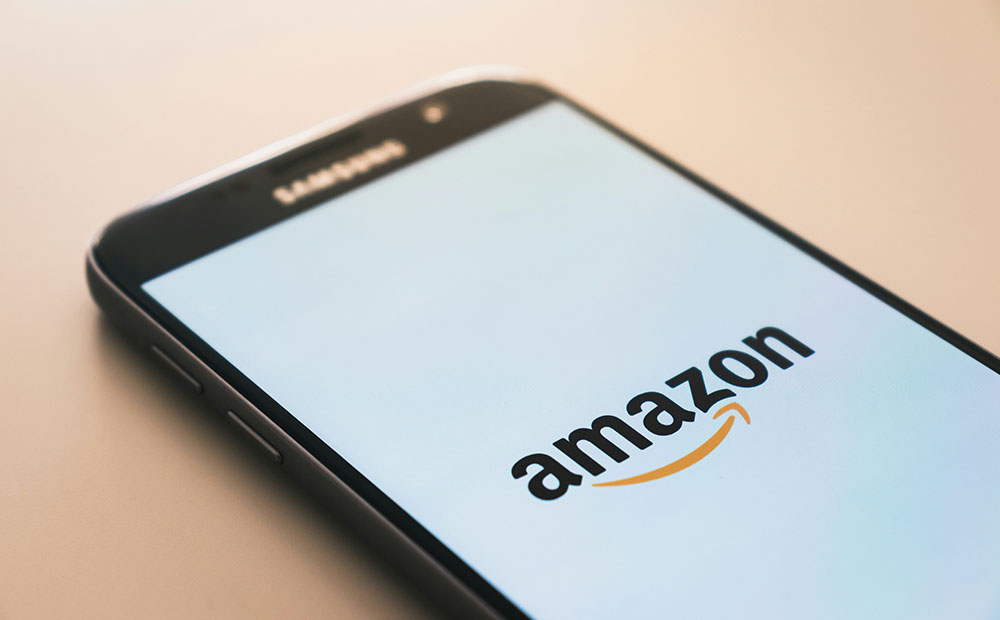Navigating the Chaos of Amazon Prime Day and MAP Compliance

Here we are again, folks. Amazon Prime Day. It is that magical time of year when everyone seems to lose their minds over discounts, and wallets open faster than you can click the “add to cart” button. But behind the scenes, a completely different kind of frenzy is happening, especially for brands that rely on Minimum Advertised Price (MAP) policies to help maintain brand integrity.
The MAP Madness
Let’s face it: Prime Day is huge. It’s like Black Friday’s cooler, online-only cousin, placed in the middle of summer, nowhere near a gift-giving holiday, when the mainstream public wouldn’t necessarily be looking to spend money. According to NBC News, In 2023 alone, Prime Day sales reached $12.9 Billion, with shoppers purchasing more than 375 million items during the 48-hour event. And with statistics like that, it’s no surprise that consumers and sellers alike are gearing up for the big event. But for brands that rely on MAP policies, this can be a bit of a headache.
MAP policies are put in place to ensure that products aren’t sold below a certain price. It’s a way to keep the brand’s value intact and avoid a seller’s race to the bottom on prices. But on Prime Day, all bets are off. Discounts are everywhere, and keeping track of who’s selling what, and for how much, can feel like a full-time job.
Unauthorized Sellers: The Uninvited Guests
Do more unauthorized sellers pop up around Prime Day? Absolutely. It’s like clockwork. These sellers see Prime Day as a golden opportunity to move products fast, often at prices that make MAP policies seem mere suggestions. Many brands and retailers tend to approach Prime Day with a mix of excitement and trepidation, knowing that unauthorized sellers are lurking and ready to pounce.
These unauthorized sellers can be a nightmare for brands. Not only do they undercut prices, but they also risk tarnishing the brand’s hard-earned reputation. When consumers see wildly different prices for the same product, it can create confusion and mistrust. Plus, there is always the risk of counterfeit goods sneaking into the mix; an entirely different can of worms.
To learn more about how your brand can handle unauthorized sellers, check out our Unauthorized Sellers ebook for tips on combating those issues!
Protecting Your Brand During Prime Day
What can brands do to protect themselves while still embracing the MAP holiday spirit? Check out a few of our strategies to help you navigate this challenging landscape.
- Regular Monitoring: One of the most effective ways to stay on top of MAP compliance is by regularly monitoring your listings. This means keeping an eye out for rogue sellers and reporting them properly. Automated tools like MAP Policy Partners’ software can be a lifesaver here, constantly scanning for price violations and recording unauthorized sellers.
- Strengthen Relationships with Authorized Sellers: Clear communication and strong relationships with your authorized sellers can go a long way. Educate them about the importance of sticking to MAP policies and the benefits of maintaining pricing integrity. It’s important to have a united front, between your brand and sellers, ensuring everyone is on the same page.
- Use Data to Your Advantage: Data is your best friend during Prime Day. By analyzing pricing trends and seller behaviors, you can identify potential issues before they become major problems. Analyzing this data also enables you to participate in Prime Day festivities by allowing authorized seller partners to discount your products at a reasonable price for the holiday.
- Legal Enforcement: Unfortunately, sometimes a more direct approach becomes necessary. Having a clear legal framework in place for MAP violations can be a powerful deterrent. Ensure that your MAP policy is clearly outlined in your seller agreements and be prepared to take legal action if necessary.
- Consumer Education: Don’t forget about the consumers. Educate them about the risks of buying from unauthorized sellers and the benefits of purchasing from authorized ones. This can help steer them away from potentially problematic deals and towards trusted resellers.
The Consumer Side of Things
While brands have their hands full with MAP enforcement, consumers must also be cautious. Prime Day scams are real and abundant. Fake websites, phishing emails, and counterfeit products are all lurking, ready to take advantage of unsuspecting shoppers. A few tips to stay safe? Stick to well-known sellers, double-check URLs, and be wary of deals that seem too good to be true. They likely are.
Next Steps
Amazon Prime Day is a whirlwind, no doubt about it. For brands relying on MAP policies, it’s a mix of opportunity and challenge. The surge in unauthorized sellers and the pressure to both offer discounts and maintain pricing integrity can be daunting. But with vigilance, education, and the right tools, brands can navigate the Prime Day chaos without losing their way. And for consumers, a little caution can ensure that Prime Day remains a shopping bonanza rather than a scammy nightmare.